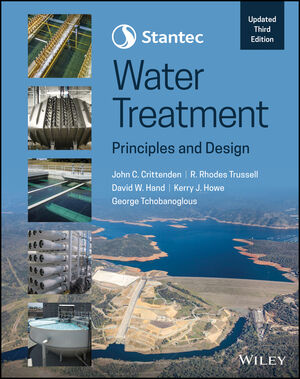According to a new report from the National Academies' National Research Council (NANRC), a more science-based approach is needed to improve a federally mandated program that requires states to clean up U.S. lakes, rivers and other bodies of water.
Although there has been three decades of progress in controlling discharges from wastewater treatment plants and industry, pollution from other sources is endangering water quality and further progress.
Since the 1972 Clean Water Act was enacted, each state has been required to identify polluted waters and establish Total Maximum Daily Loads (TMDLs), which determine the amount by which sources of pollution would need to be reduced to meet the state's standards. Approximately 21,000 bodies of water have been identified and placed on the cleanup lists.
Many bodies of water were put on the state lists without adequate water quality data because of a lack of time and constraints of resources, coupled with legal pressures creating a large caseload requiring cleanup efforts, the committee says. Considerable uncertainty exists about whether some of these waters violate standards. In addition, other waters that are impaired have yet to be identified, according to NANRC officials.
The report calls on the U.S. Environmental Protection Agency (which funded the committee's work) to establish a two-step process that puts certain waters on a preliminary list before moving them to the final pollution discharge list of those that require cleanup. The NANRC suggests that this method would give states time to study those bodies of water for which scant data exist, allowing them to concentrate their efforts on sites found to be in greatest need. States also should develop more refined water quality standards to improve the TMDL process, and the report promotes greater use of statistical approaches for the design of monitoring programs and for the analysis of data to determine if standards have been violated.



